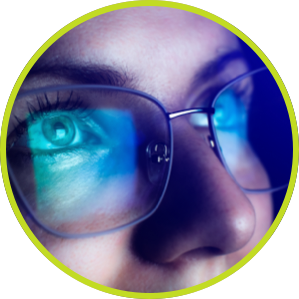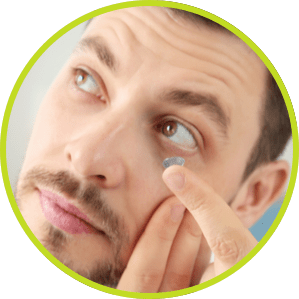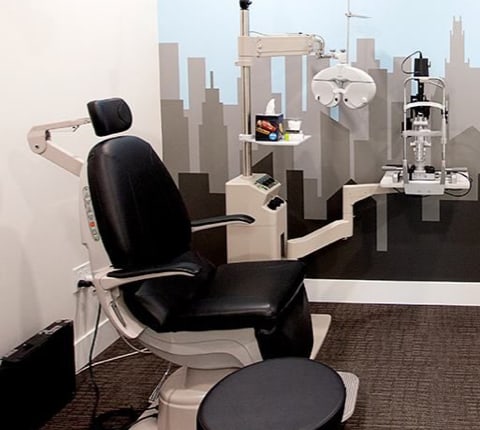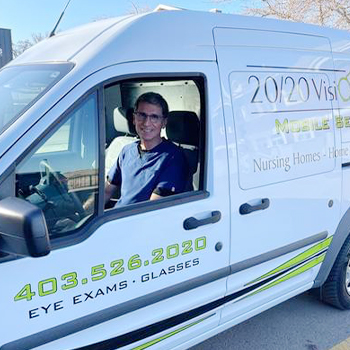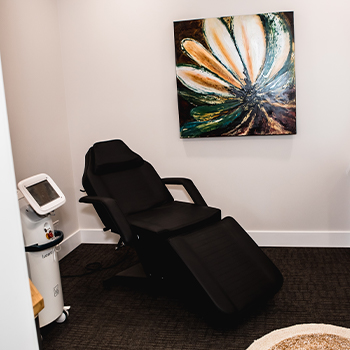If you’ve ever experienced dry eyes, you’ll know that it can be more than just a nuisance. Having dry eyes can cause things like: a burning sensation, overall redness to the white part of the eyes, fluctuations in the quality of vision and all these symptoms are usually worse at the end of the day. Not only this but if you happen to be a contact lens wearer, dry eyes can make your contact lens wearing experience an uncomfortable and sometimes painful experience.
If you have dry eyes you may be asking yourself, why me? The truth is, there are many causes and reasons your eyes could be feeling dry. First of all, the fact that southern Alberta is one of the driest parts of Canada doesn’t help. In addition to that, the list of other contributing factors is quite extensive.
Whatever the source of dry eyes, the result is the same: poor quality of tears. Having a healthy tear film is essential not only for ocular comfort but for ocular health and clear vision. There are many components and layers to the tear film, and dryness can be felt when any part of the tear is compromised.
Factors that may put you at a higher risk for dry eyes include smoking, certain medications (acne medication, beta-blockers, antihistamines, birth control pill, etc…), rheumatoid arthritis, thyroid conditions, ageing (especially menopause), rosacea, and even LASIK surgery.
In addition to this, sometimes bacteria can collect on our lashes that can affect our tear composition. Other times, when people do not completely close their eyes during sleep or during simple blinking, dryness can occur. Some people’s work environments create dry conditions, such as air conditioning blowing towards the face. Even extended computer use can cause dryness because our blink frequency decreases as we look at screens for long periods of time. And if that list isn’t enough, any time we add contact lenses to the mix, it can make the eyes feel even drier.
What to do about it:
How we manage dry eyes is very different depending on the source. There is a ladder that we climb with patients as far as treatment options go. Artificial tears, for instance, can be very helpful in some cases, but they are simply giving relief rather than fixing the problem. Sometimes cleaning the eyelashes on a daily basis can help with dryness. Also, hot compresses over the closed eyelids can help restore the function of that important oil layer, if done on a daily basis. In stubborn cases of dryness, we can actually block the tear drainage system in our eyes which helps keep the tears in our eyes longer. Other times, medicated prescription eye drops help to restore the quality of tears. If people are contact lens wearers, changing the type of contact lenses can sometimes help and even altering the contact lens solution can improve dryness symptoms.
The absolute best way to combat dry eyes is to manage it with the expertise of a doctor of optometry. We will be able to identify the reasons for your particular dryness and begin treating or managing the dryness according to the source. It is important to realize that not everyone will find 100% relief from dryness, but in almost every patient we can improve the symptoms and reduce the discomfort associated with it.






